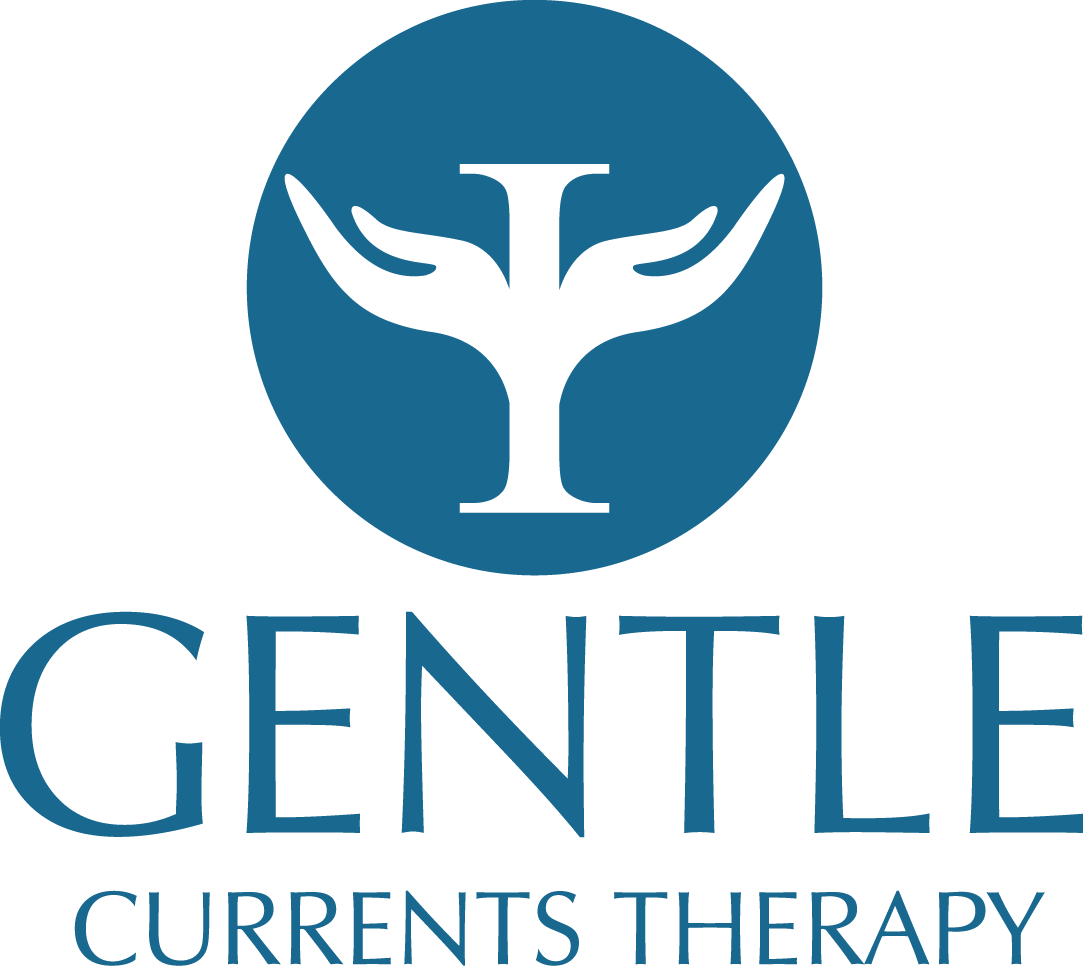Copyright 2024 Physio WordPress Theme by QreativeThemes
- Services
- Social Links
- Youtube
- Google My Business
- Psychology Today
- BC Association of Clinical Counsellors
- Academia
- WordPress
- Cision
- Blogspot
- Yelp
- UBC Final PhD Defence
- About Me
- Tumblr
- Tableu
- Issuu
- Google Scholar
- Quora
- Behance
- Newswire
- Three Best Rated
- Alignable
- My Space
- Good Reads
- Medium
- Sound Cloud
- Vimeo
- Foursquare
- Godaddy
- Flickr
- Slideshare
- Contact Us
Visit our Location
Gentle Currents Counselling and Neurofeedback Belmont Centre #10920103 40th Avenue Langley BC, V3A 2W3 Canada
Dr. Mike Dadson Explains Cognitive Behavioural Therapy (CBT)
Dr. Mike Dadson-An Overview of Therapy Orientations
Dr. Mike Dadson Explains Cognitive Behavioral Therapy (CBT)
Cognitive Behavioral Therapy also known as CBT, was developed by Albert Ellis in the 1950s and developed further by Aron Beck in the 1950s-1960s,” notes Dr. Dadson.
CBT is one of the humanistic theoretical orientations towards counselling that focuses on the ways that thoughts intersect with emotions and behavior. The theory makes great observations about how the way that we think influences the decisions that we make and the actions that we take. It also observes how cognitions, including life narratives, perspectives influences our feelings and the way that we experience feelings.
In Dr. Dadson’s words:
When someone is very thought driven and very captured in their thinking, cognitive behavioural therapy incorporates tools that can help you start to track and observe the micro messages that they’re sending. Self-talk such as “I constantly fail, I’m never good enough, What’s wrong with me, My problems are exhaustive, I’m way too much for people, I’ll never amount to anything” are considered to be “negative cognitions”, or negative thoughts, which are contributing to a feeling of overall powerlessness, hopelessness, and despair. CBT looks at ways to challenge and change these negative thoughts.
Such negative thoughts can become a reoccurring pattern of the mind. Beck keyed the term “automatic thoughts” referring to thoughts that include unwelcomed and intrusive thoughts that are spontaneous and usually unwelcomed. Sometimes this operates even below a person’s awareness. When you are so used to having these kinds of negative thoughts, it’s quite possible you are not even aware that they’re alive in the back ground and effecting emotions and behaviours.
A good therapist would be aware of the presence of those cognitive thoughts and how they affect mood, emotions, and then ultimately behaviors. If you really believe you’re worthless, and you start to act like you’re worthless, or you really believe you can accomplish nothing, you’re inclined to give up before you even try, because what’s the point of even trying?
Dr. Dadson points out:
These thoughts in a sense are self-sabotaging and lead to hopelessness and a powerlessness. Presently, many trauma informed therapists and researchers have identified Traumatic experiences and injuries to the self as the bases for overwhelming feelings of powerlessness and shame that drive these unwelcomed and negative thoughts.
CBT therapists can help a person become aware of how those thoughts are manifesting and representing themselves in a person’s life. The CBT clinician will work towards helping the person to become aware of how they’re thinking about themselves, how that is affecting their emotions and behaviour and to start to change how they’re thinking about themselves.
CBT recognizes the presence of emotions are reactions to a person’s thoughts. It doesn’t focus directly on emotion because CBT regards emotions as a cognition. When emotions enter awareness and are then languaged with words, they are constructed as feelings. Emotions are deeply embedded within the theory of CBT but CBT considers emotions as a direct result of thought. Negative or unpleasant feelings are connected and generated by negative thinking.
The theory of change behind CBT is to change negative thinking process into positive thoughts or self-talk. Thoughts such as “I have worth”, “I have enough worth” or “I’m worthwhile enough” or “I have enough success” are examples of positive thoughts and a change in the pattern of self-talk.
“CBT is highly debated regarding its comprehensive limitations as a theory. Some psychologists and researchers propose that feelings effect thoughts far more than thoughts effect feelings”, notes Dr. Dadson.
Further, Dr. Dadson states:
There is, however, no question that research highly endorses the effectiveness of CBT practice as reducing the intensity of unpleasant feelings for those who can implement the exercises that accompany this theory. There is also little doubt, that a significant number of individuals are unable to successfully apply the exercises and interventions which leaves them feeling like they have failed in their own therapy. In fact, it is the limitations of the theory and the therapist that needs to share in the limitations of change.
